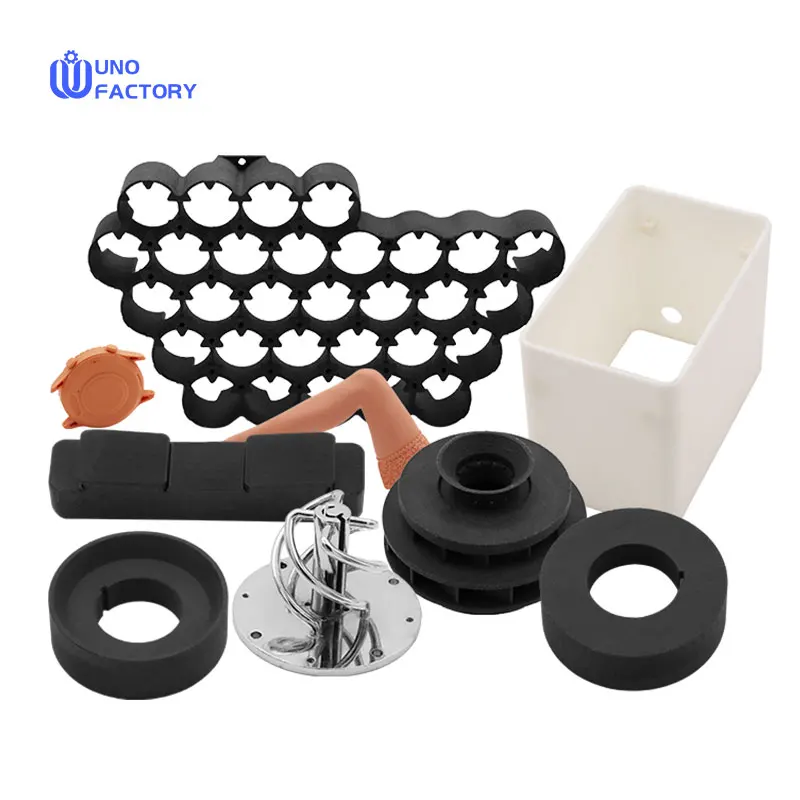Time to read: 6 min

The transition from concept to creation is fraught with challenges, especially when the manufacturing process is overlooked. Design for Manufacturing (DfM) is a philosophy that integrates manufacturing considerations into the design phase, ensuring prototypes are not only innovative but also manufacturable. This article explores the significance of DfM in the prototyping stage and offers insights into leveraging DfM for enhanced product development.
Understanding Design for Manufacturing (DfM)
DfM is a design approach that prioritizes the manufacturability of prototypes and parts. It's about creating designs that are compatible with the production process, materials, and equipment available. DfM is not just a practice; it's a philosophy that can transform the way products are developed.
The DfM vs. Design for Assembly
While DfM focuses on the ease of manufacturing, Design for Assembly (DfA) concentrates on simplifying the assembly process, reducing part counts, and streamlining insertion processes. Both are integral to efficient product development.
Importance of DfM in Prototyping
DfM is critical at the prototyping stage for several reasons:
- Manufacturing Feasibility: DfM ensures that designs can be realistically produced, preventing part failure and quality issues.
- Increased Speed: Well-designed parts for their manufacturing process reduce production time, leading to faster outputs.
- Cost Reduction: Streamlined production reduces labor, material, and energy costs, lowering the overall project expenses.
- Automation and Simplification: DfM facilitates automation by minimizing the need for complex setups and oversight.
Incorporating DfM into Your Workflow
Adopting DfM principles involves:
- Simplification: Reduce component counts for efficient manufacturing and assembly.
- Standard Components: Utilize standard or versatile components to cut costs and simplify production.
- Machine-Friendly Materials: Choose materials that are easy to work with on the manufacturing equipment.
- Minimize Fasteners: Design parts with built-in fastening features to reduce assembly time.
- Loose Tolerances: Where possible, use looser tolerances to save on production time and costs.
Unofactory's DfM Support
Unofactory provides a free and automatic DfM analysis for CNC machining parts, ensuring your designs are production-ready. Our AI-driven platform checks CAD files against a range of manufacturability criteria, offering immediate feedback and suggestions for improvement.
Key Principles of DfM
To effectively integrate DfM into your workflow, consider the following principles:
- Manufacturing Process Choice: Select the most suitable production process based on cost and feasibility.
- Design Choices: Make design decisions that align with manufacturing capabilities and constraints.
- Component Selection: Opt for off-the-shelf parts when they meet the functional requirements and simplify production.
- Tolerances and Specifications: Optimize material specifications and tolerances for cost-effective manufacturing.
- Tooling: Estimate the total cost impact of tooling needs for different designs.
Conclusion:
Design for Manufacturing is an essential strategy for optimizing the production process and achieving high-quality outcomes. By understanding and applying DfM principles, businesses can enhance their prototyping and manufacturing workflows. For expert assistance in DfM, consider partnering with experienced service providers like Unofactory.




